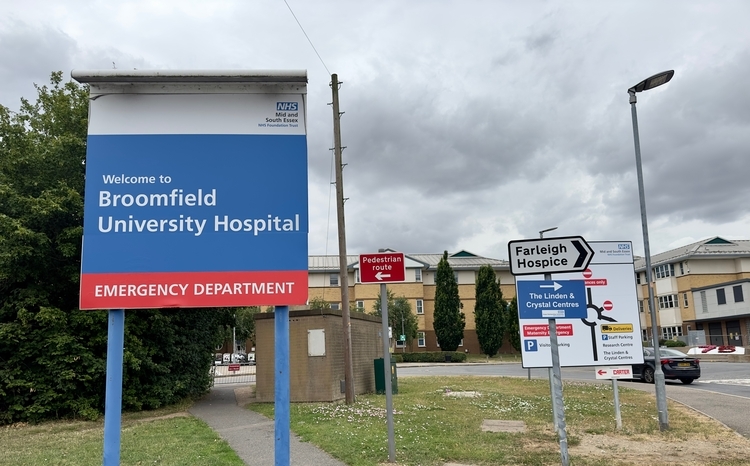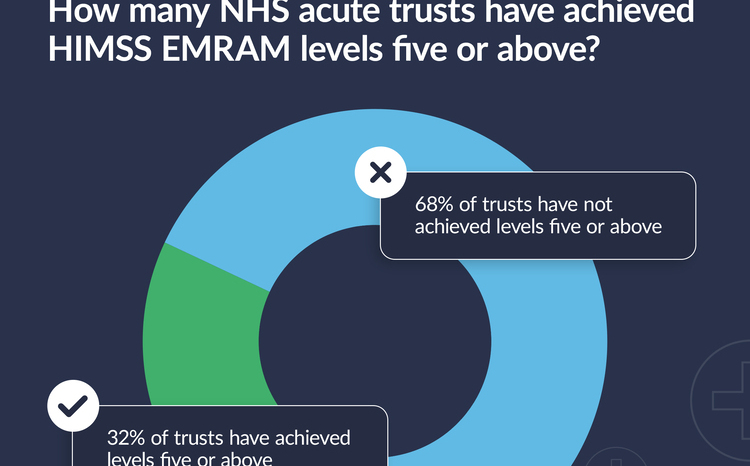Review Underway to Get EPR ‘Back on Track’
- 14 March 2002
Jon Hoeksma
A major review of Electronic Patient Records (EPR) is underway by the Department of Health to get the programme back on track and the Information Policy Unit (IPU) has at last acknowledged the early EPR targets will not be met.
E-Health Insider has learned that a review of the EPR programme is underway by the Department of Health as part of the Treasury’s 2002 Spending Review, the results of which are due to be announced in April.
The review is understood to have identified EPR as a priority area for NHS modernisation. New ways are currently being examined to ensure investment actually goes into IT, and new technology and models of delivery are being considered to ensure that all trusts have EPRs in place by 2005.
The EPR programme, and development of an electronic health record (EHR), forms the heart of the 1998 NHS IT strategy Information for Health (IfH), which set out a staged development programme for trusts to develop EPRs to support clinical care.
However, the IPU has now officially acknowledged that the first key interim target in the programme — for 35% of trusts to have level three EPRs in place by April 2002 — will not be met.
An IPU spokesperson told E-Health Insider that it was now abundantly clear that the early target on EPR would not be met: "Everyone accepts that that target will not be met".
As recently as last January though, the update to IfH, Building the Information Core: Delivering the NHS Plan, the April 2002 target had been presented as ironclad.
However, to many within the health IT community it had long been clear that the April 2002 target could not be achieved. Bureaucratic procurement procedures, slow decision making, and above all lack of funding for IT developments have all contributed to delays.
The most recent update of the picture on EPR was provided by health minister Lord Hunt in December 2001, in response to a House of Lords parliamentary question, he said: "We know that currently five sites have the functionality, many more have implemented significant elements".
Given that the April 2002 target applies to a national total of 173 acute and mixed NHS trusts, the five sites represented just 2.9% of the total.
Lord Hunt added that nine business cases for EPR implementation had been approved, and a further 62 outline business cases were at various stages of the approval process.
He also gave the first public indication that the 2002 target was no longer regarded as useful and new approaches were being considered: "The work being undertaken with individual trusts will show the actual progress being made against the target set in Information for Health. It will also show if that target, as currently framed, remains useful given developments in the NHS Plan and opportunities provided by technological innovation."
The downplaying of the April EPR target is most apparent in the latest IPU implementation guidance to Local Implementation Strategy (LIS) groups, for 2002-03.
Asked by E-Health Insider about progress against the April 2002 EPR target an IPU spokesperson stressed the 35% target was not specific to individual trusts and should be considered a "guideline" rather than a hard target.
"The interim targets are more guidelines to help people work their way through," said the spokesperson, who acknowledged this was a new definition of EPR targets but pointed out that there had been a lot of change since 1998.
The new LIS ‘toolkit’ places much greater emphasis on the need to put in place information systems to support National Service Frameworks (NSFs) in areas like cancer, stroke and coronary heart disease.
The new direction being set out by the IPU puts the focus on the main functional components of EPRs, rather than the follow-the-ladder approach to hit the various levels of EPR as conceived in IfH. "For the next financial year it’s more about IT in support of clinical priorities rather than the EPR," stated the IPU spokesperson.
A key part of the new approach to EPRs will be to treat them as a series of bolt together components. “The technology of EPR is a series of modules,” said the spokesperson. "The reality is that it won’t work according to 1998 terms".
Updated LIS strategies will now take the form of "franchise delivery contracts" with the new strategic health authorities, setting out specific clinical systems to be delivered.
"We’re trying to give clearer guidance on what trusts should be focusing on, but the end target of April 2005 (for EPR and EHR) remains," the IPU spokesperson told E-Health Insider.
He added that the 2002 Spending Round review is looking to see what has to be delivered to bring the EPR programme back on track. "EPR has been flagged up as a priority and the review is looking at what has to be done to meet the key targets".




